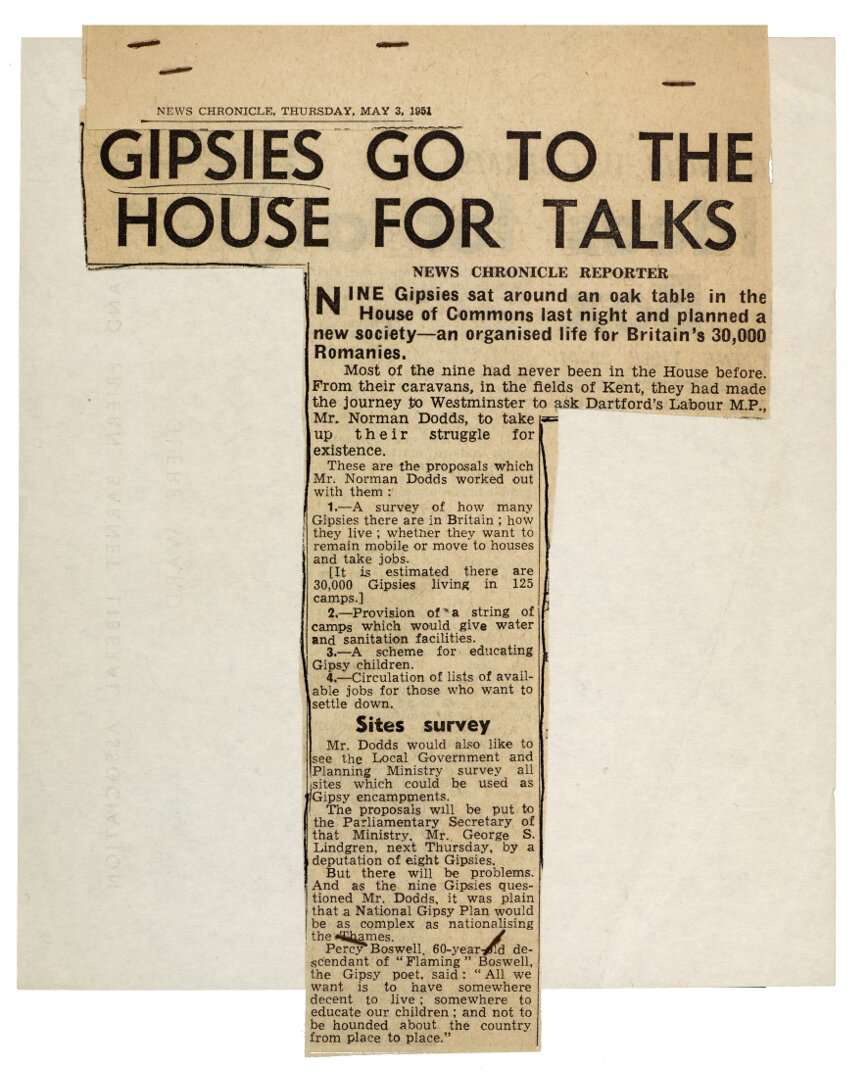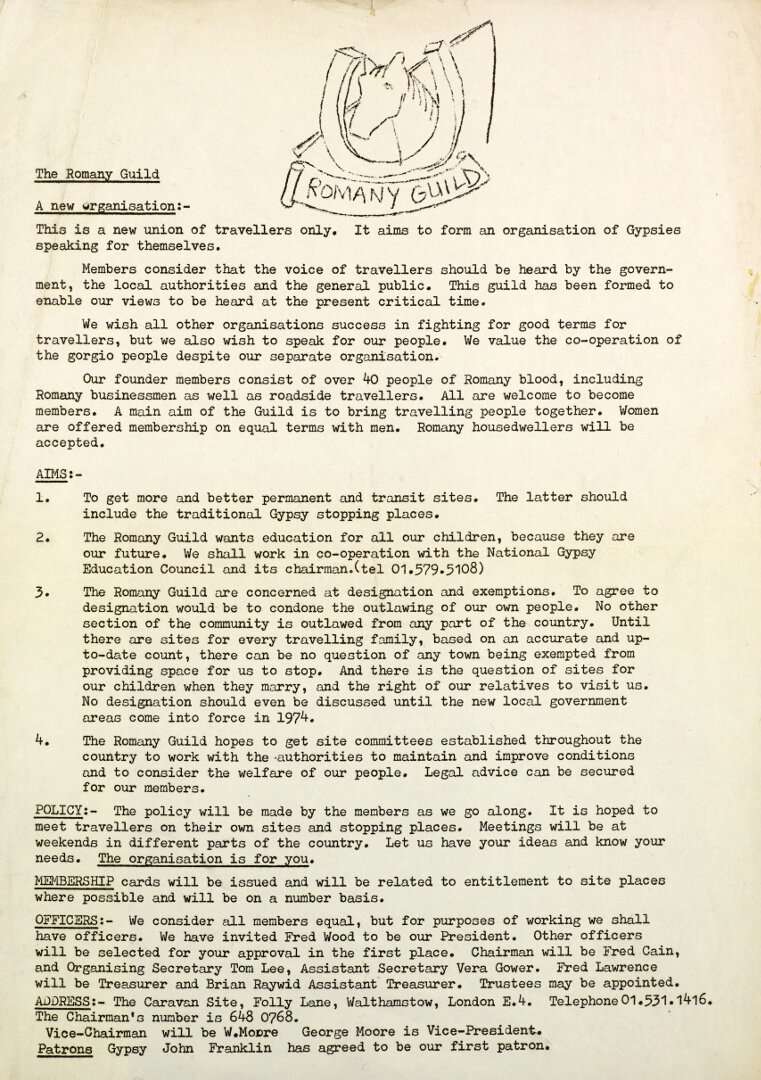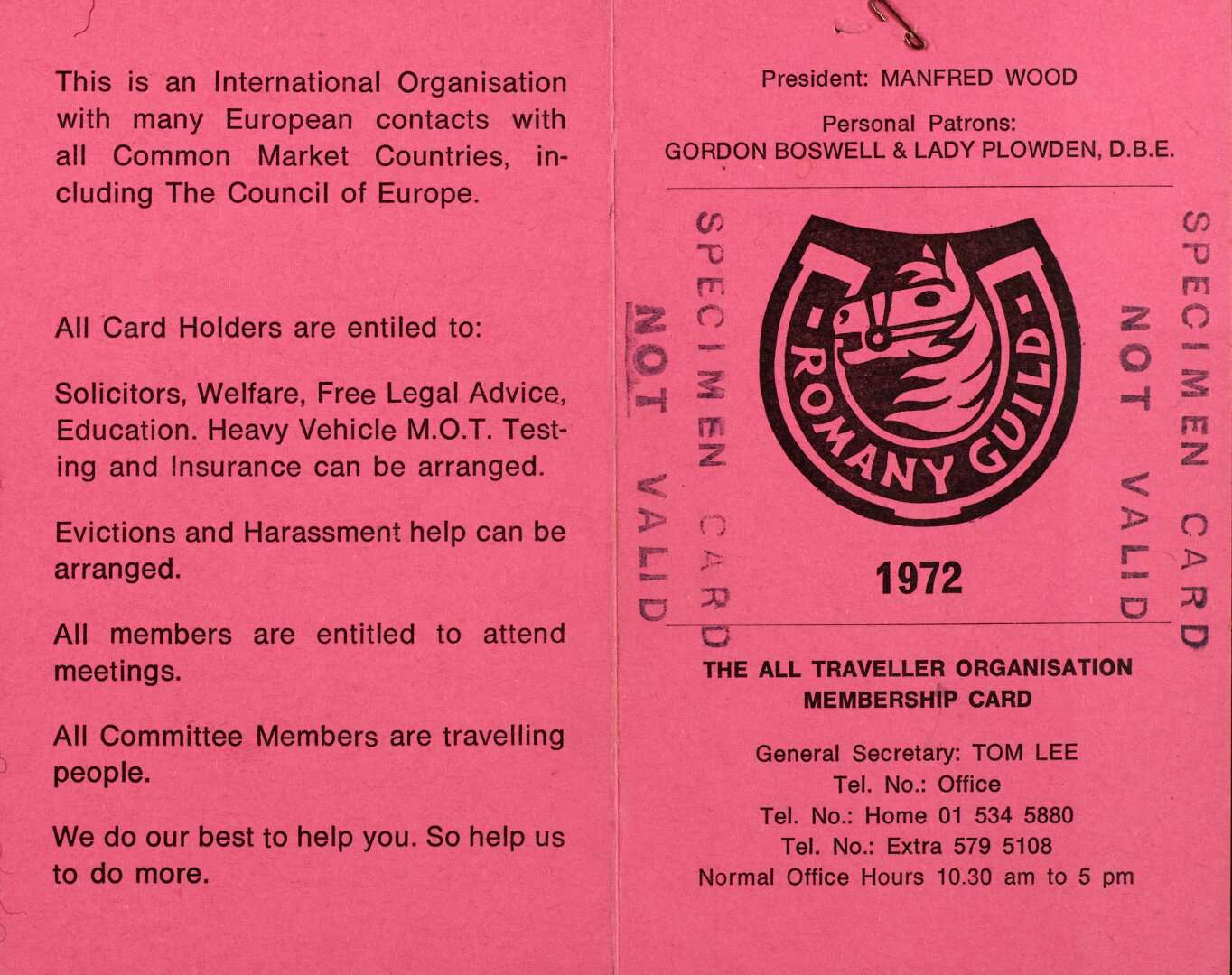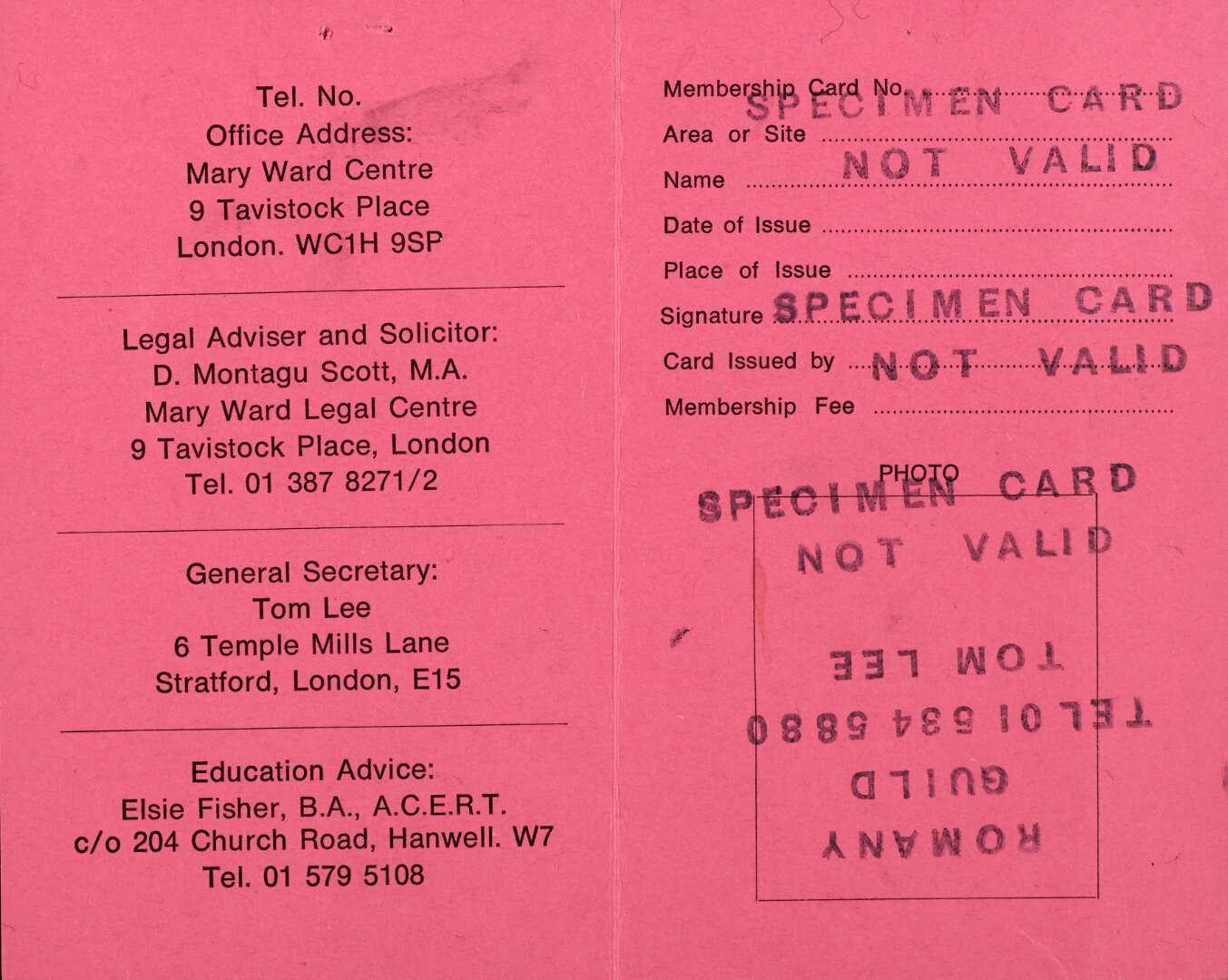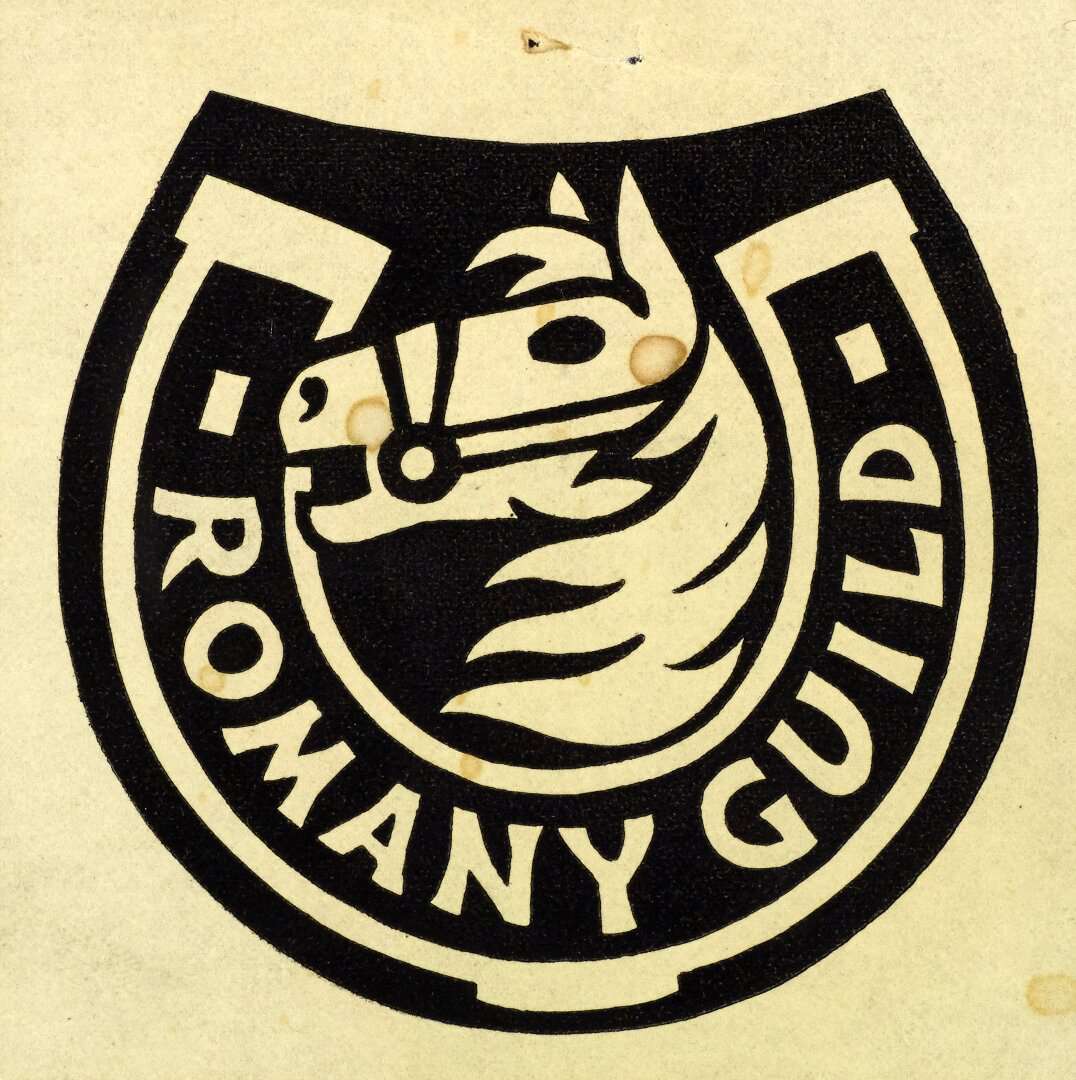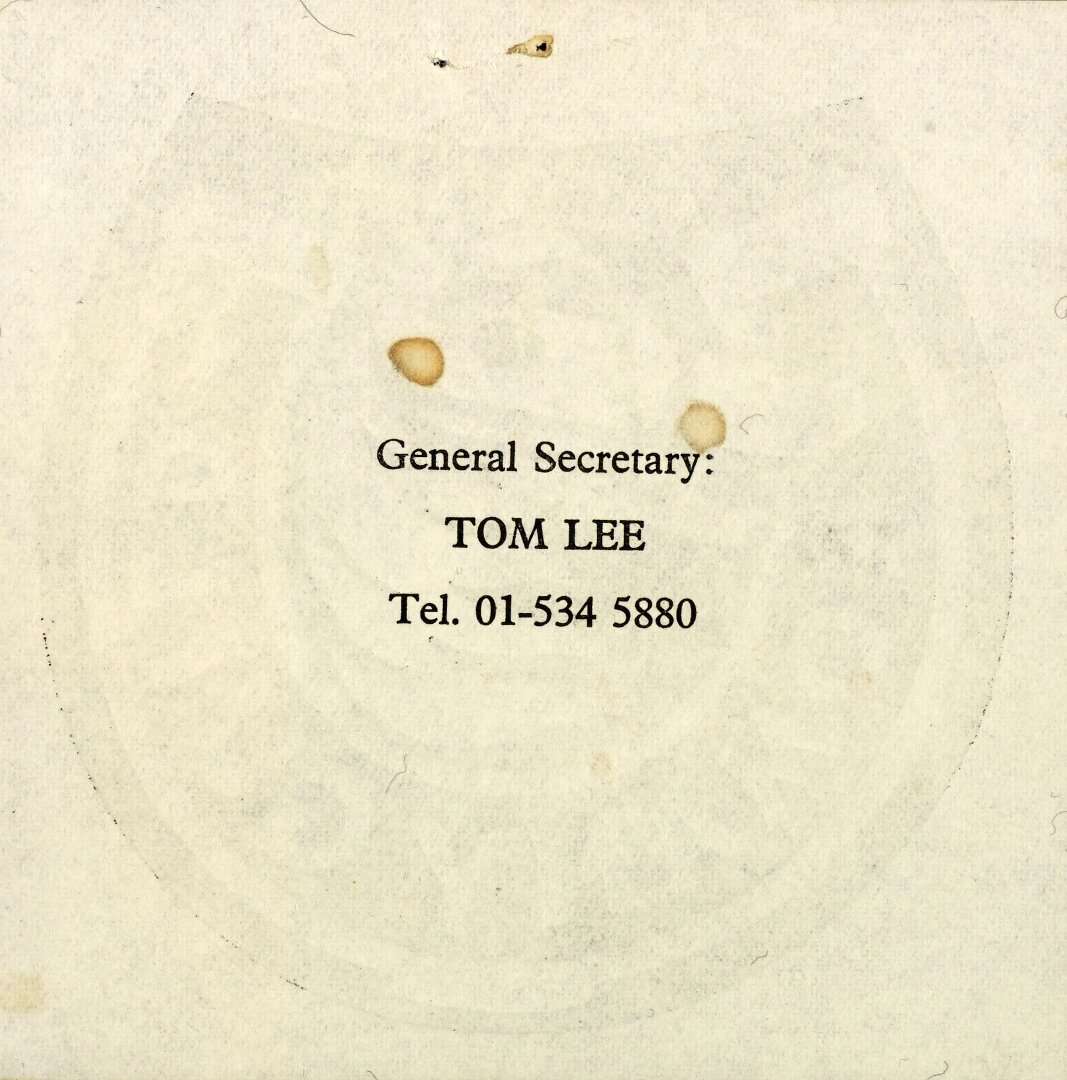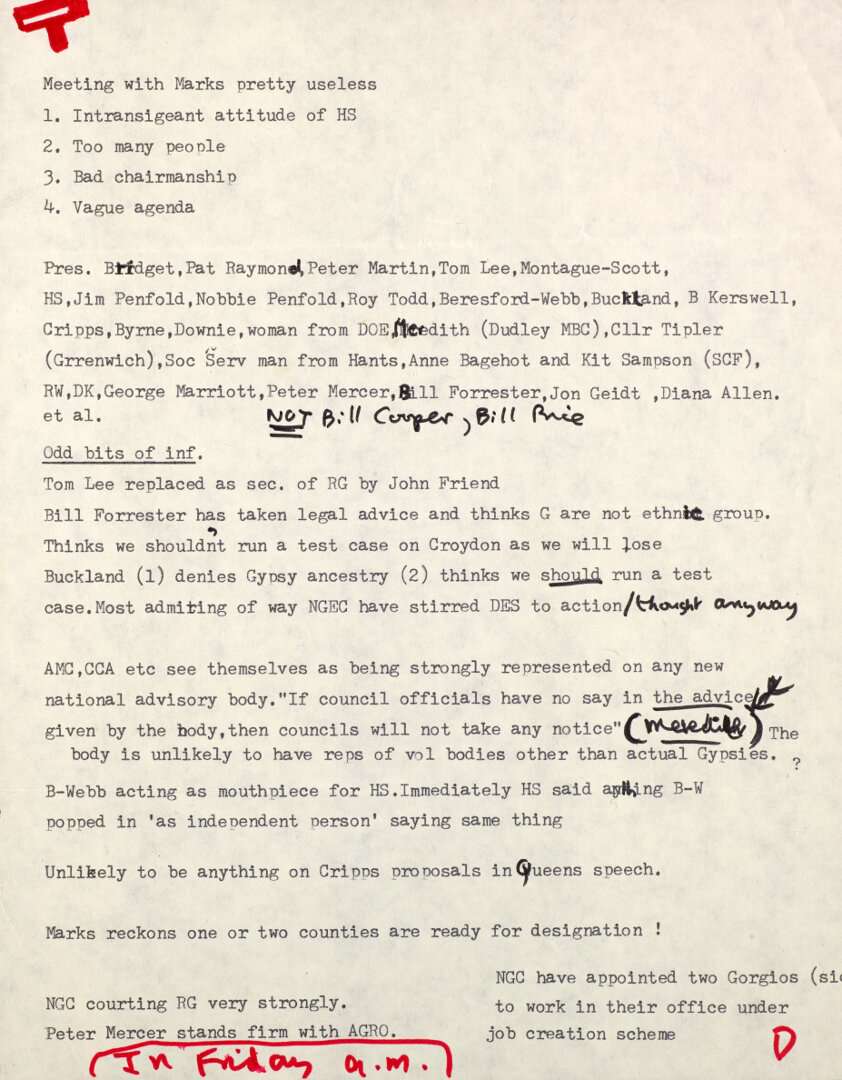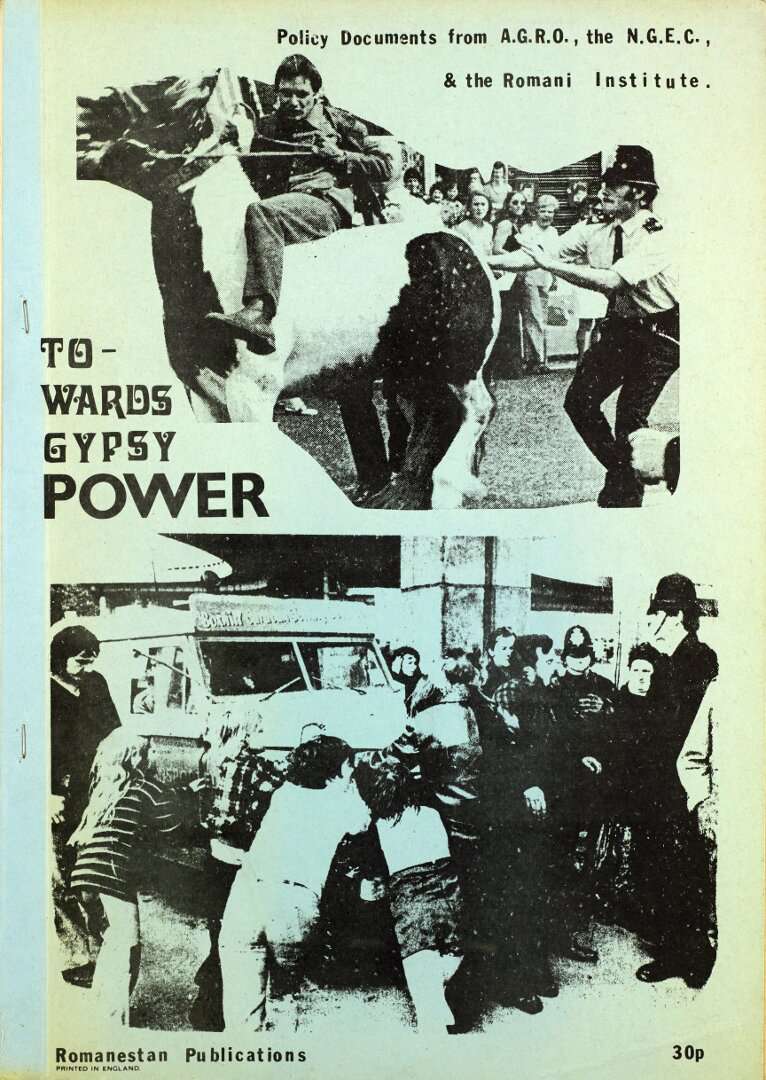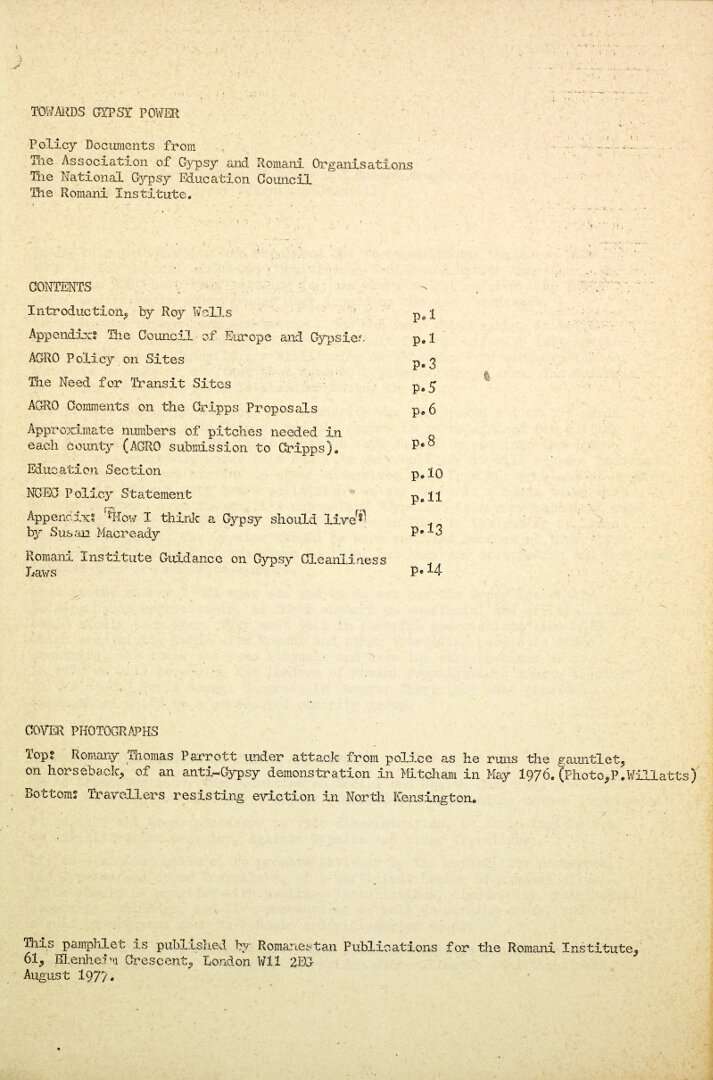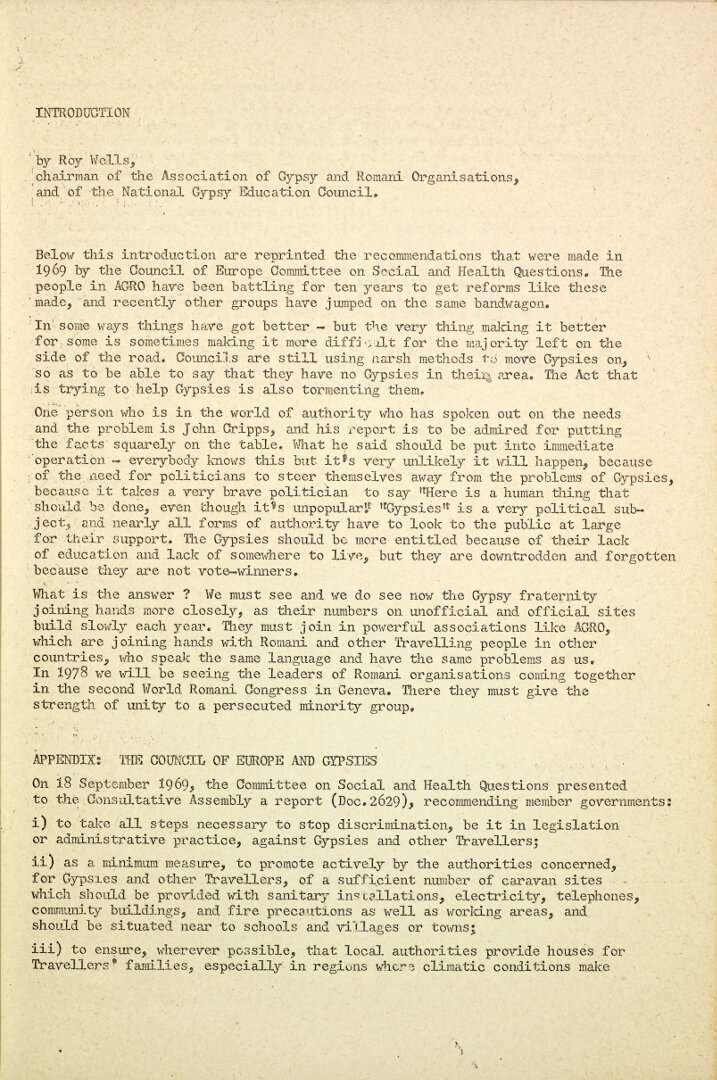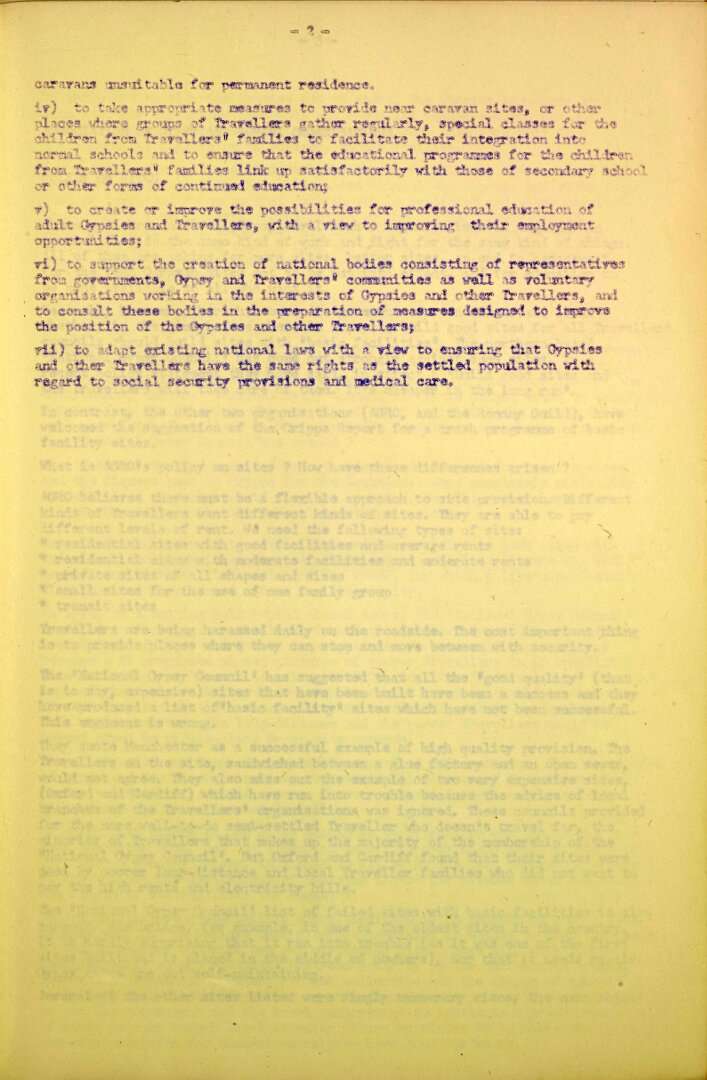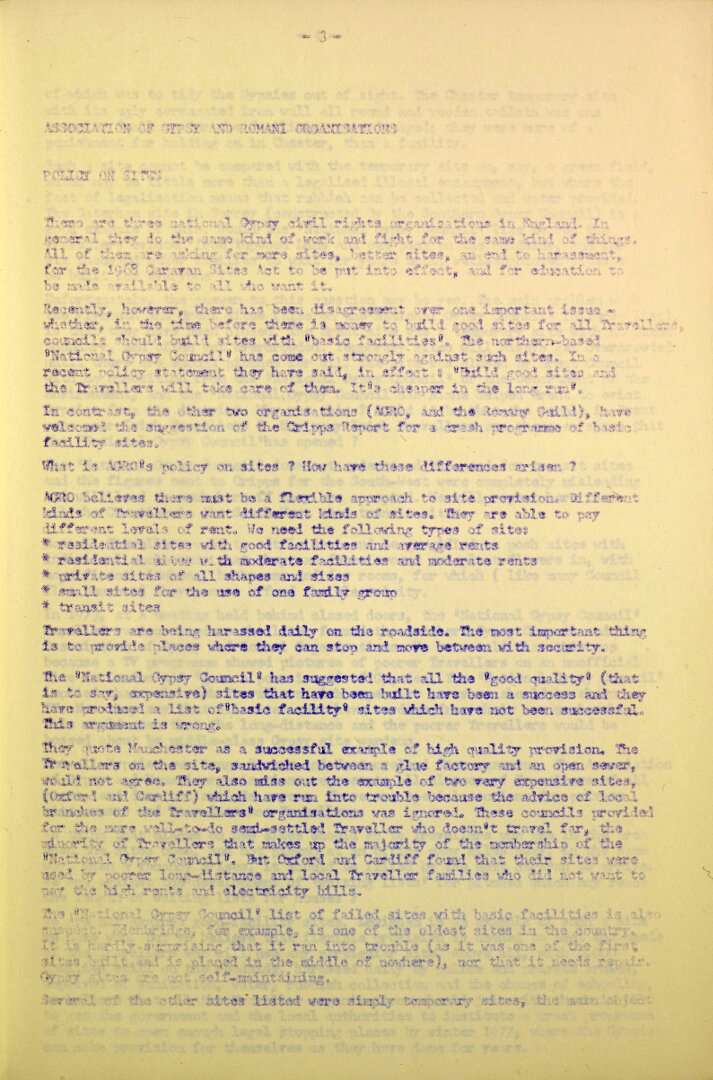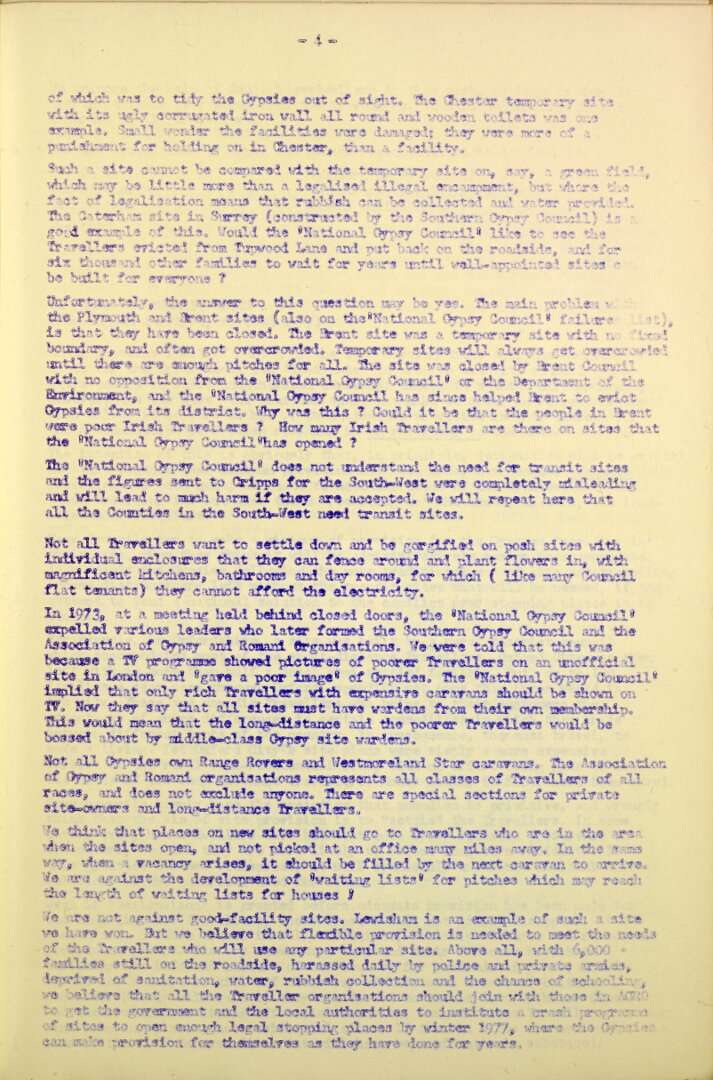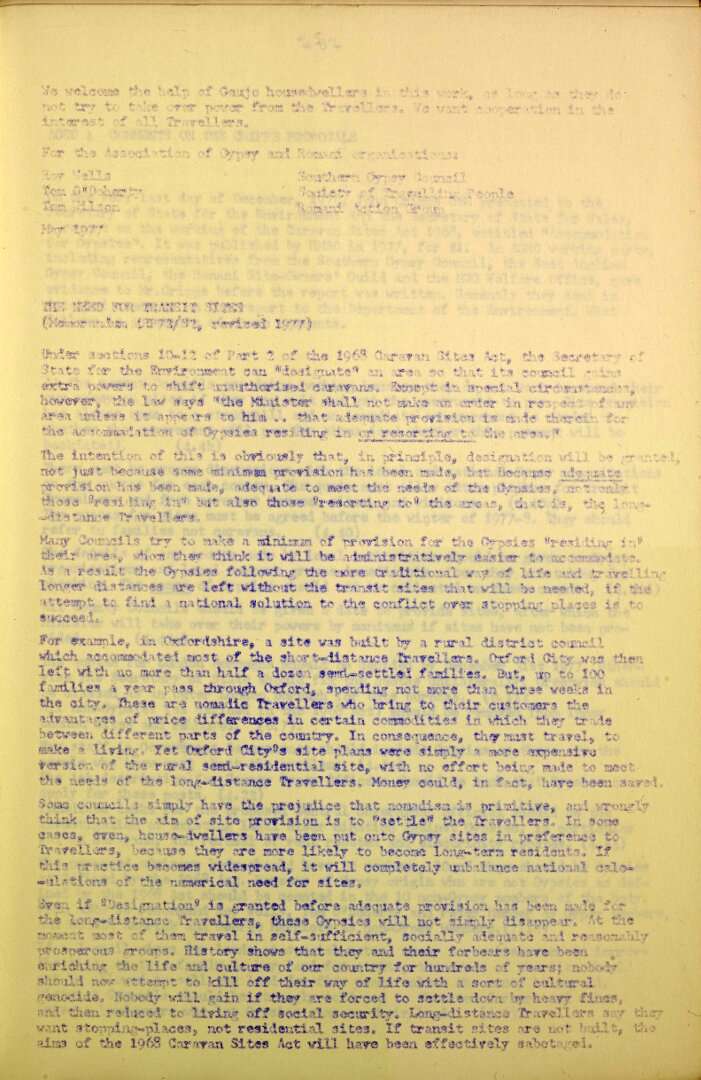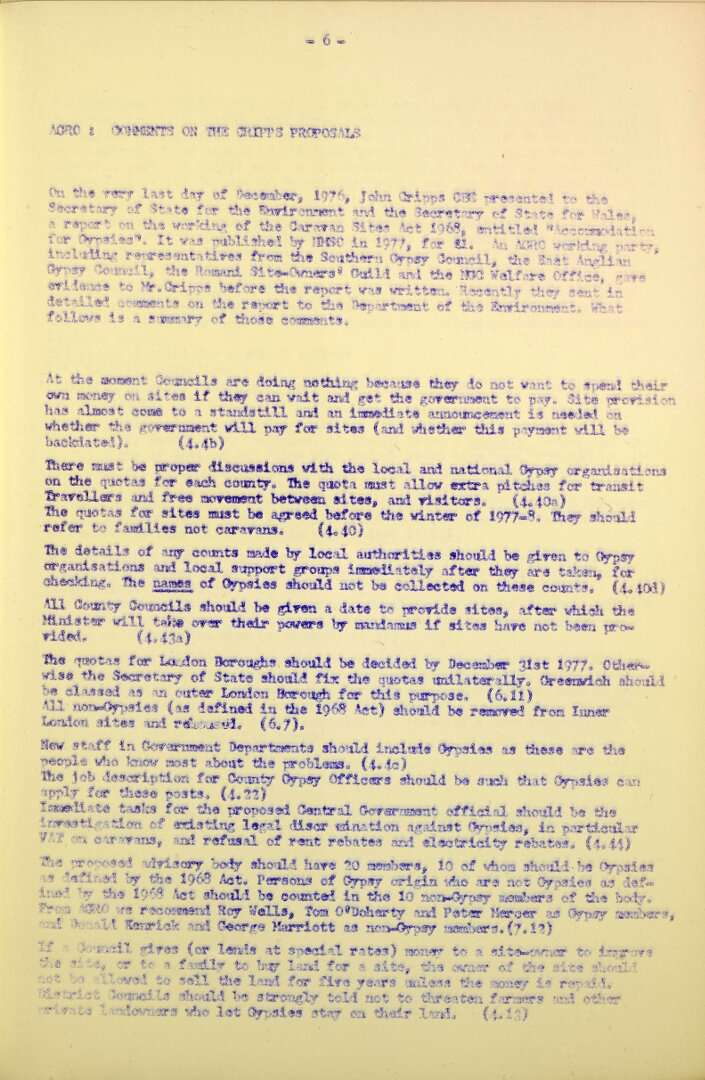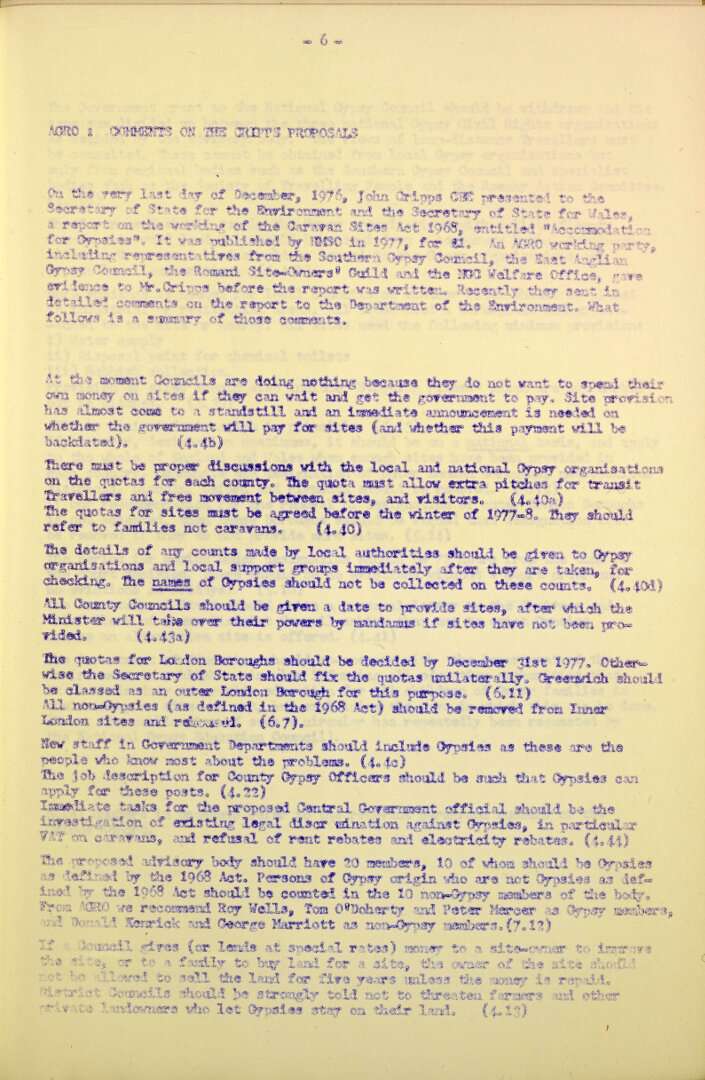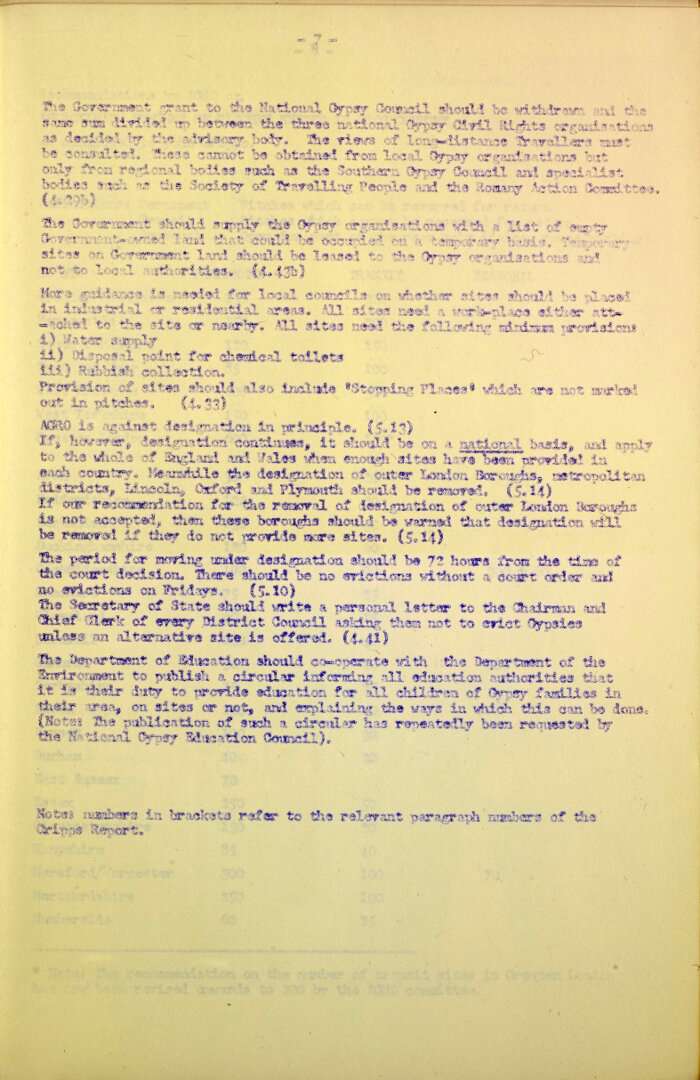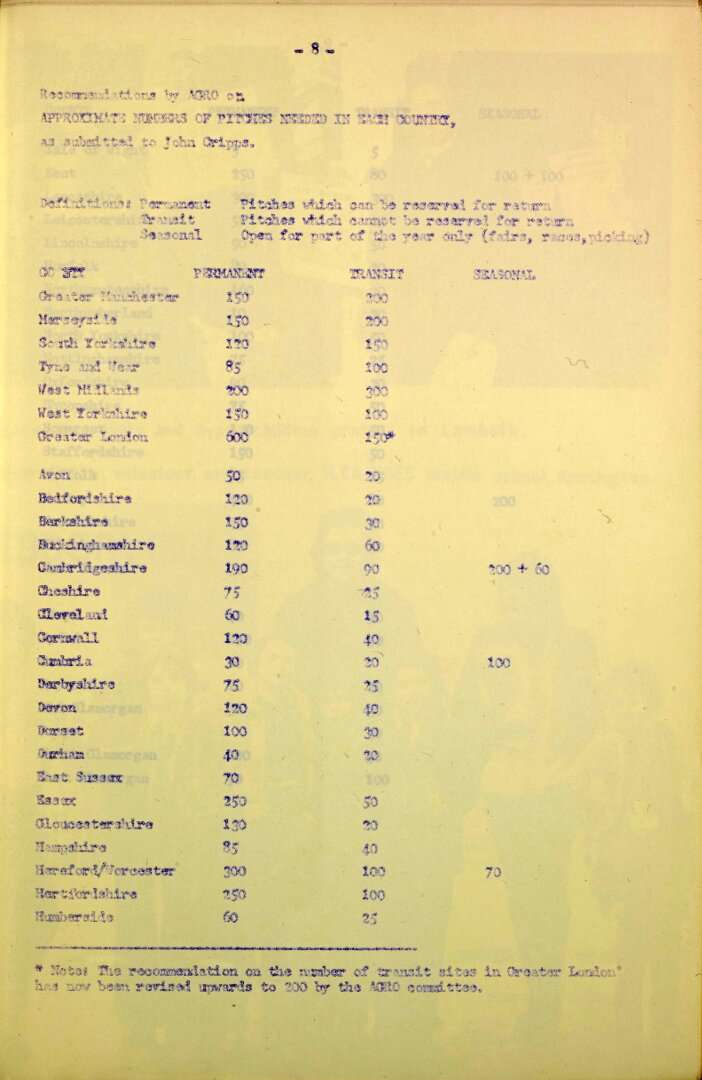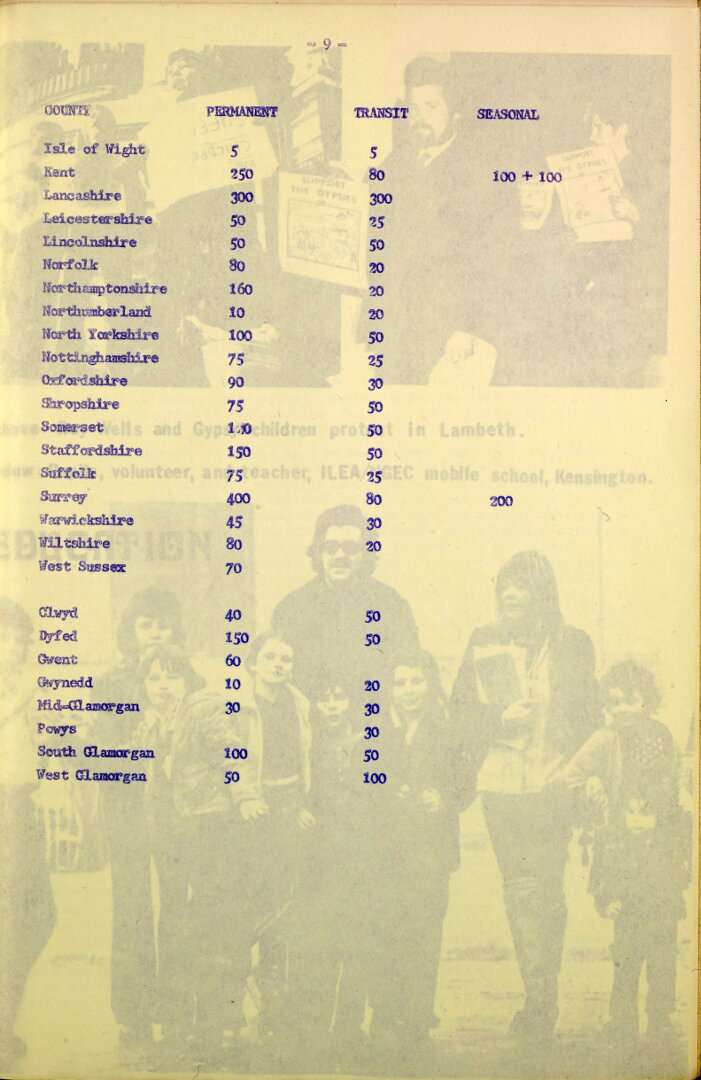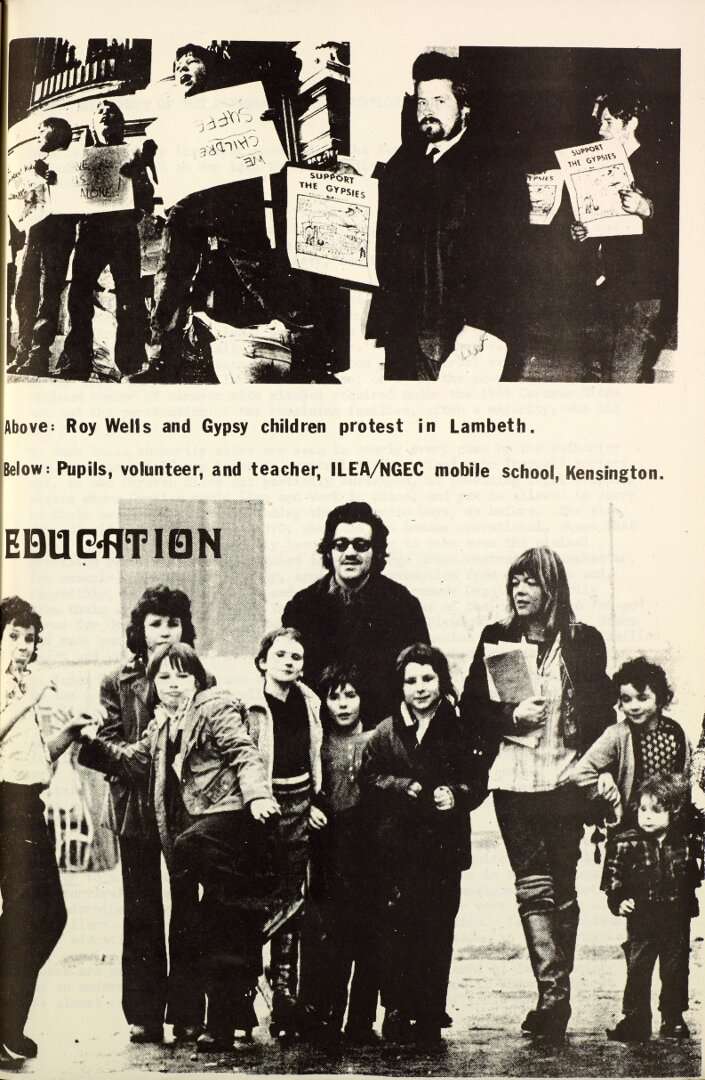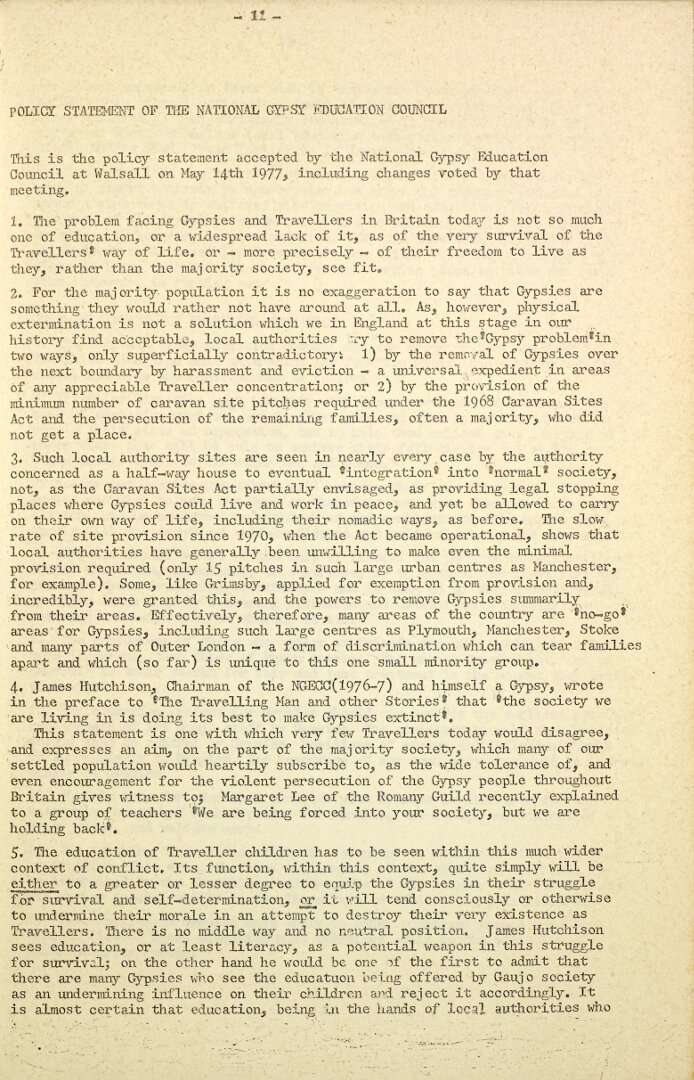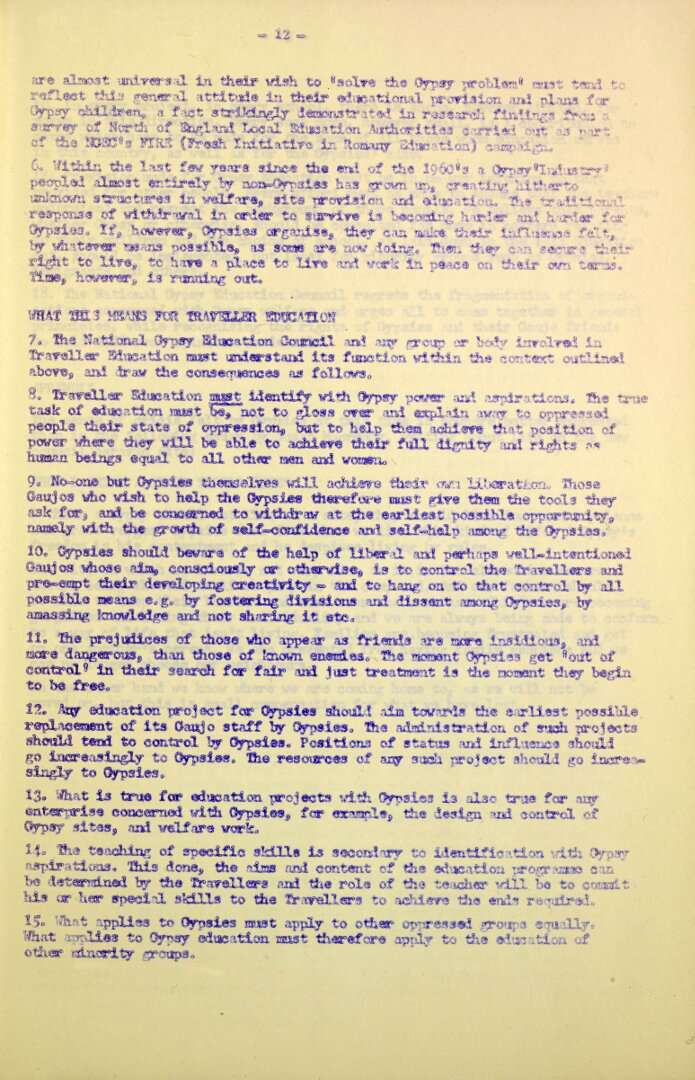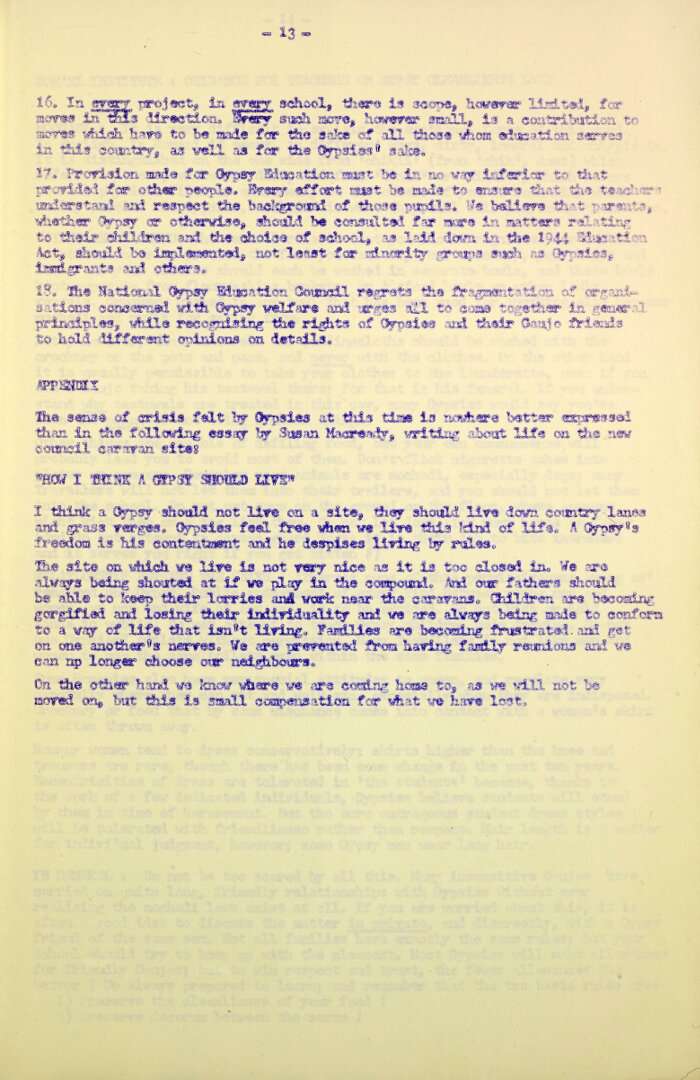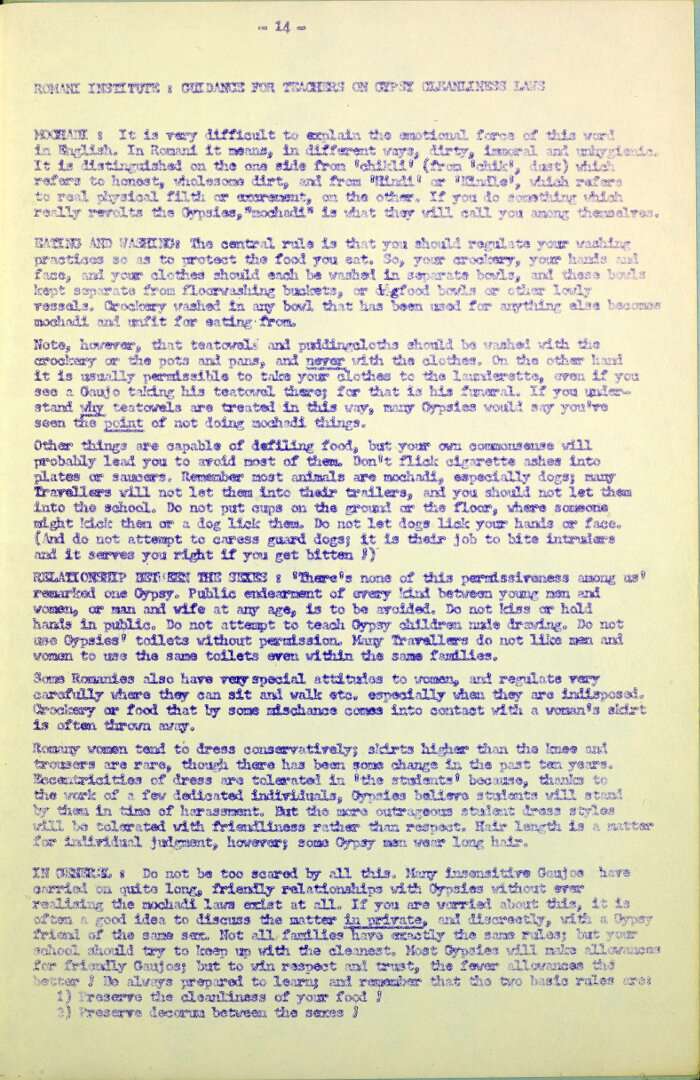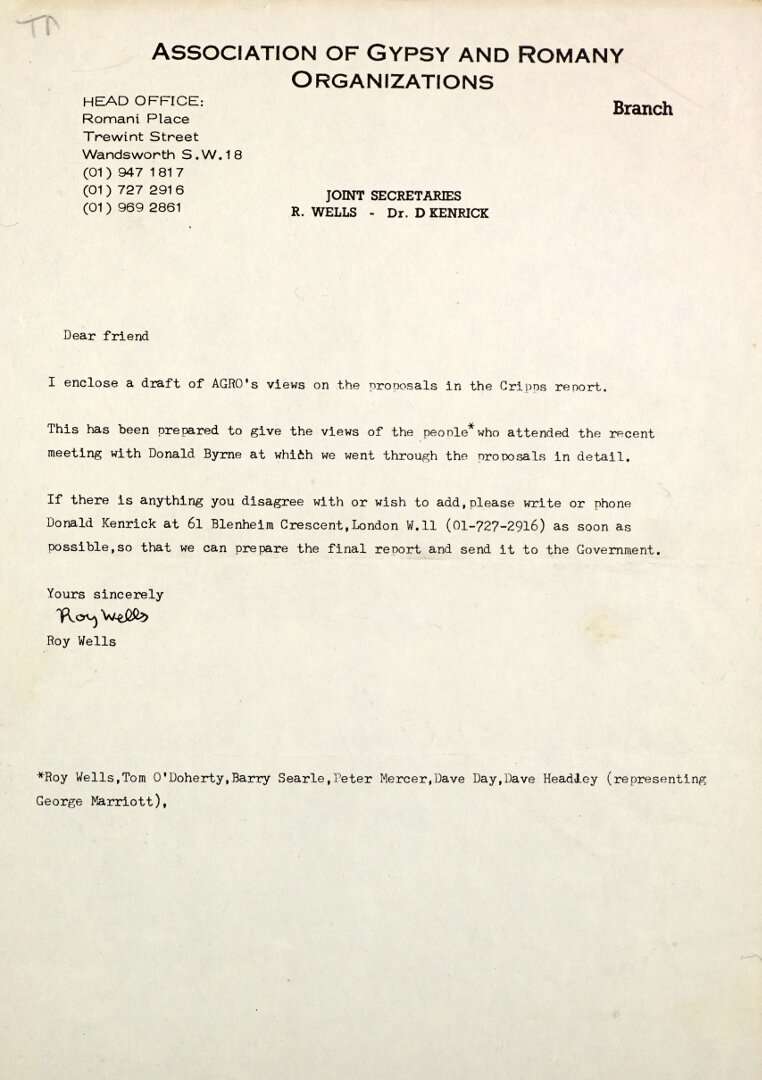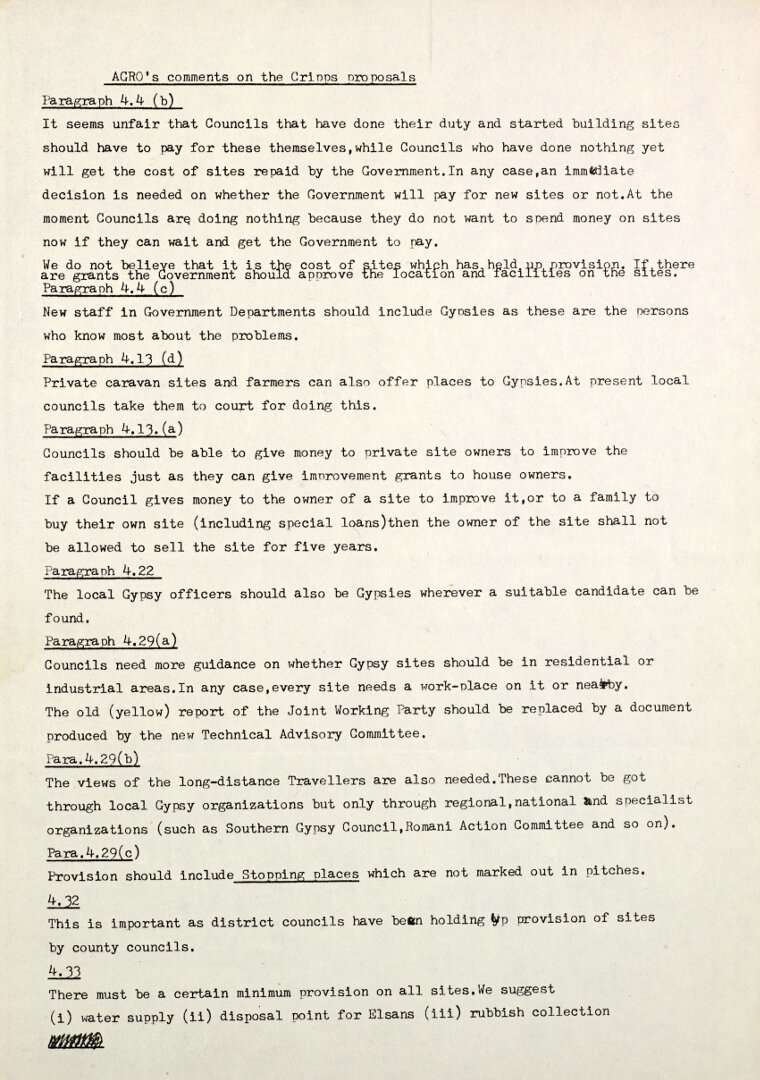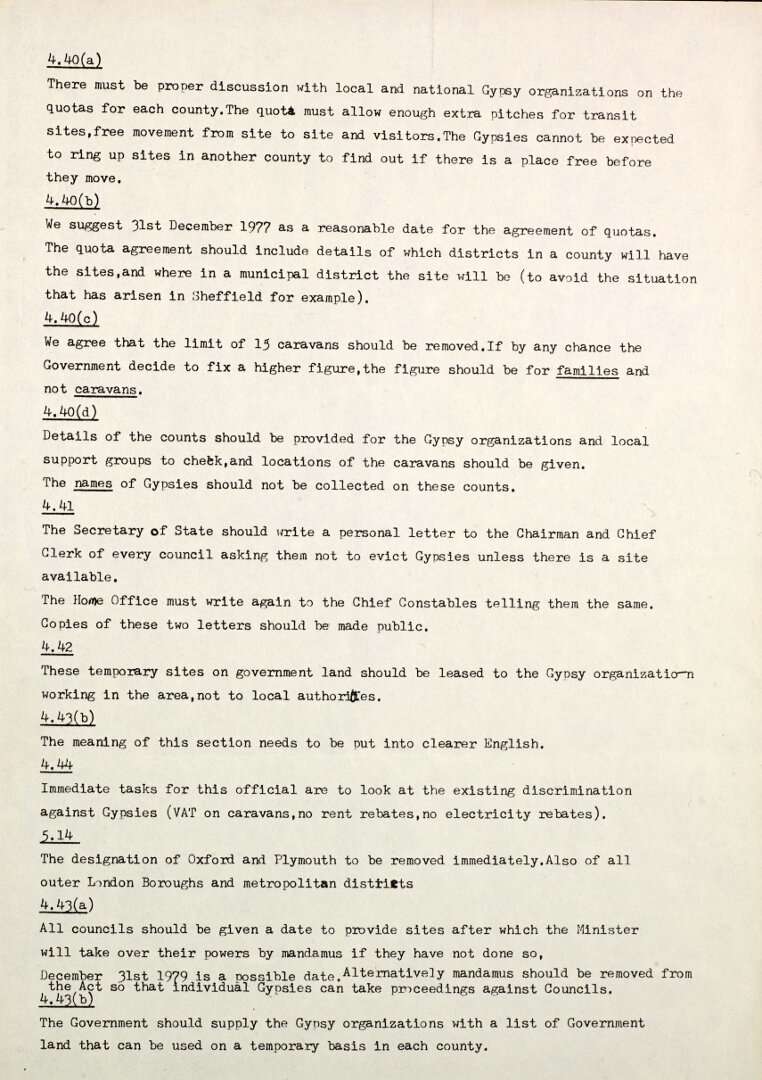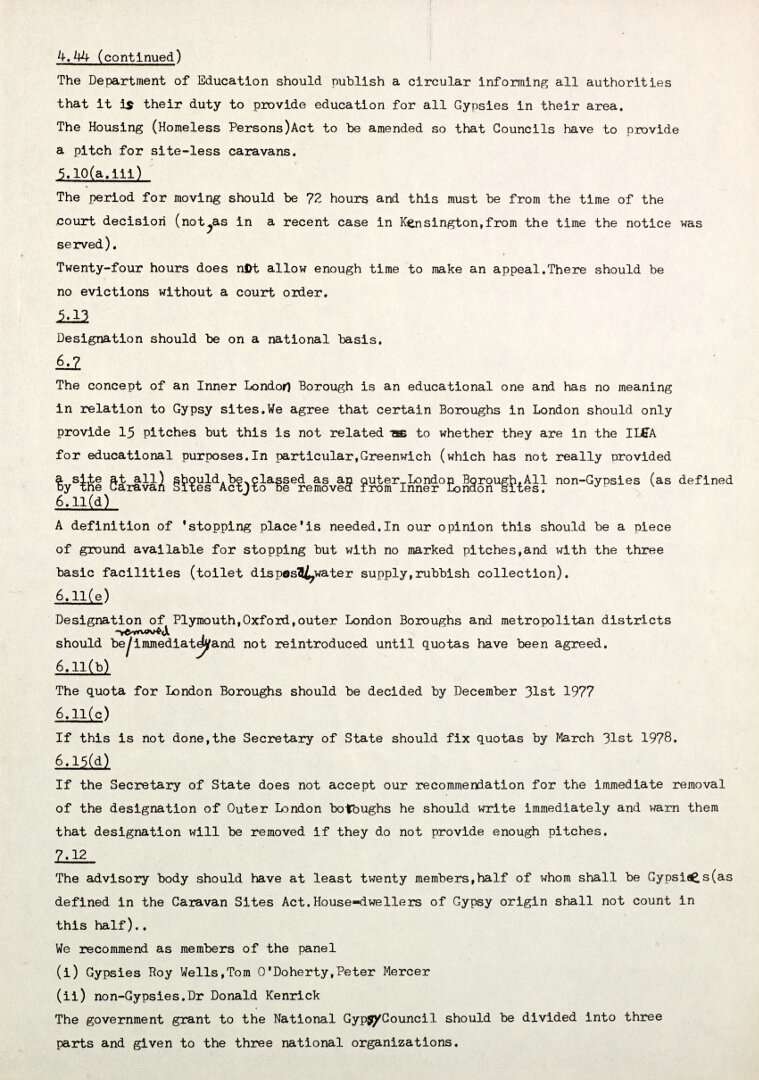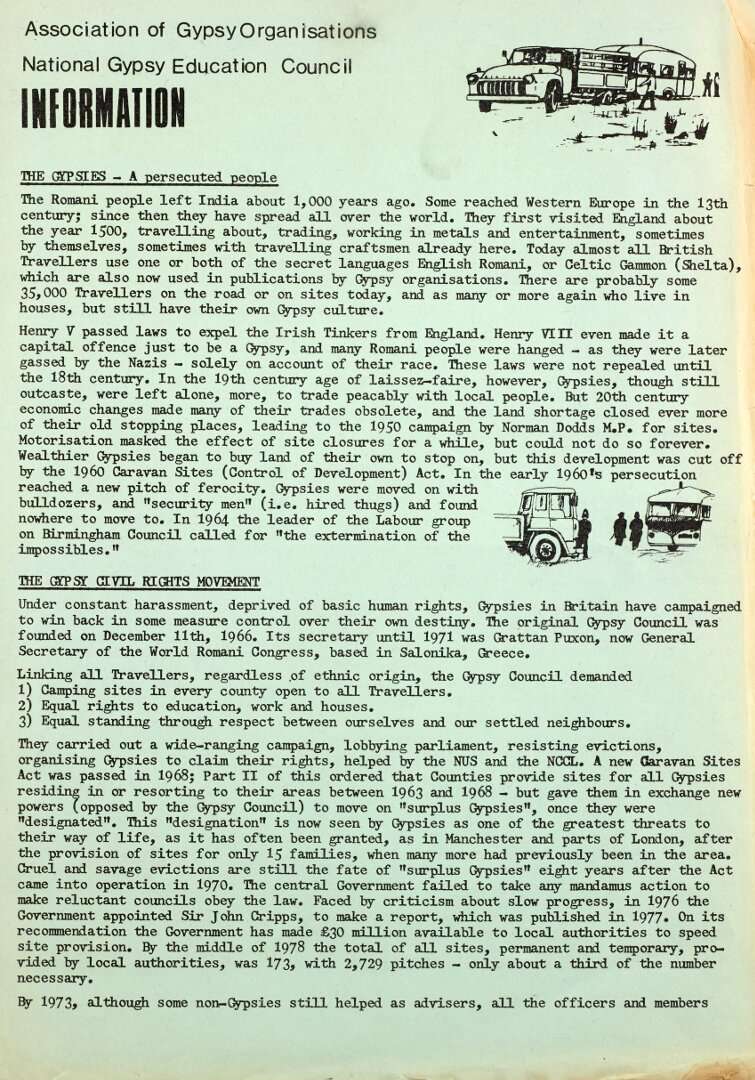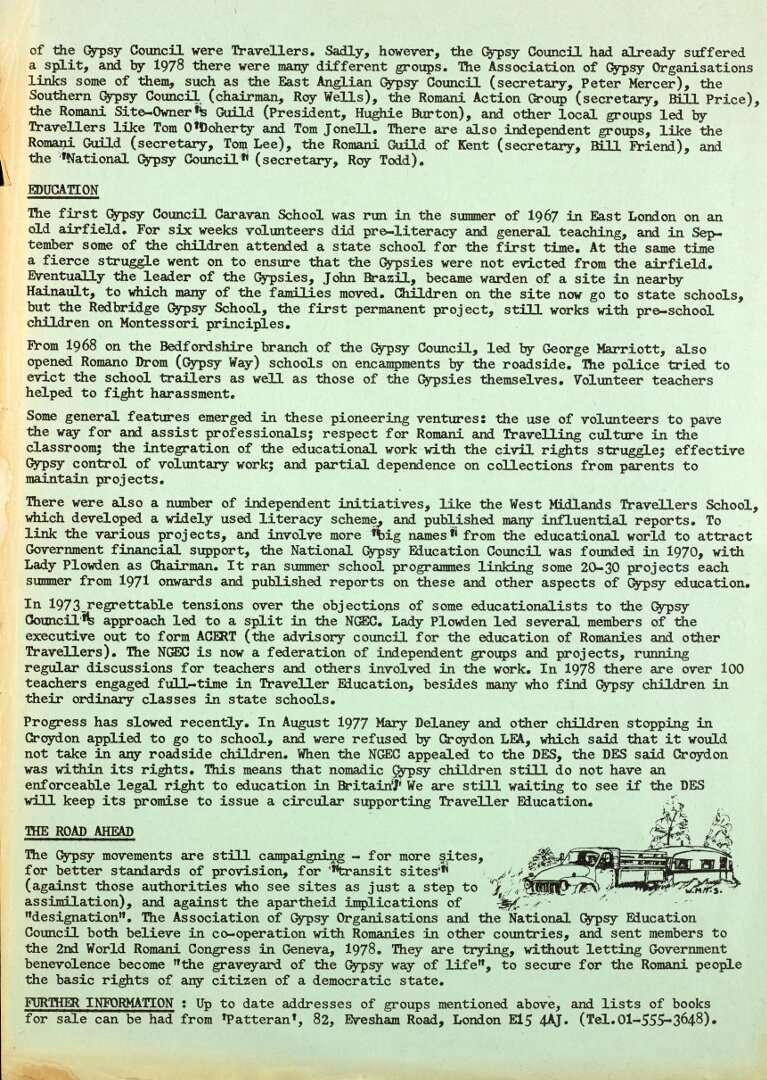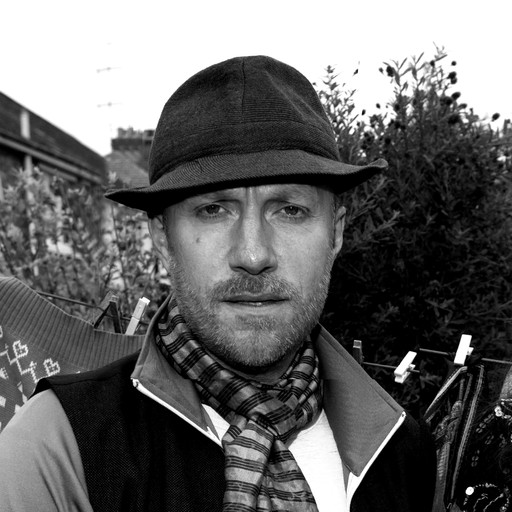A period of professionalisation, 1990 – 2008
In 1990, a young Essex Gypsy activist, Charles Smith, determined to recapture the glory days of the Gypsy Council, defeated Peter Mercer for the chairmanship of the NGEC and persuaded it to re-name itself the Gypsy Council for Education, Welfare and Civil Rights. It was sued by the old National Gypsy Council, led by Hughie Smith, but won the case and was awarded £14,000 in costs. It became a limited company, actively sought grants, found a permanent office in Avely, Essex and employed secretarial help. Romani pop-singer, David Essex agreed to become its Patron. Links with India were actively promoted by Veerendra Rishi, son of the diplomat W. R. Rishi who had founded the journal ROMA. After 1989 when Roma from Europe began to immigrate in large numbers, the Gypsy Council tasked Donald Kenrick and Thomas Acton, as speakers of international Romani to carry out casework. Gradually East European Roma organisations were started, with Ladislav Balasz organising Slovak Roma. Slovak Roma also helped found the Roma Support Group in 1998, but this became dominated largely by Polish Roma, with Rosa Kotowicz as Chair and Sylvia Ingmire as organiser and then Chief Executive. It worked, however for all Roma and was the most successful NGO in raising grants, attracting to its board also Romanian Roma civil rights workers such as Cornel Rezmives, who had worked with Nicolae Gheorghe in the 1980s.
The new Gypsy Council seemed to face political defeat because of the repeal of the 1968 Caravan Sites Act in 1992, but concentrated on the delivery of expert, well-thought out advice on individual welfare issues; but other organisations, no longer part of the easy-going NGEC led by Peter Mercer, became more autonomous. After a dispute about the role of gay Roma, Sylvia Dunn left the Gypsy Council to form the National Association of Gypsy Women in 1994, which continued for 20 years. She was supported by Peter Mercer and the East Anglian Gypsy Council and aligned themselves with the Derbyshire Gypsy Liaison Group led by Siobhan Spencer, which gradually became the largest Romanichal NGO. A growing independence in action of both British Gypsy and Traveller women, and immigrant Roma women marked this period. The fact that both the DGLG and the GC were clearly Romanichal-led organisation led to the foundation of the Irish Travellers’ Movement, led by Irish Catholic activists but championing Pavee and Minceir activists, who gradually took a bigger role in the running of the organisation. Also important was the founding of Friends and Families of Travellers, an organisation for New Travellers, hippies who had made a living from the pop festival circuit, which was gradually taken over by members who actually had Romanichal, Nachin, Pavee or Minceir heritage, but continued to champion nomads regardless of ethnic origin. All the groups competed to gain grants from the government or foundations, and to carry out case-work for community members, and gradually took less interest in campaigning to change government policy or in the international struggle, as splits in the International movement disillusioned activists.
The gap in the lobbying effort became evident in 1997. The high hopes that Travellers had of the new Labour Government were dashed when Prime Minister Tony Blair sacked all the old Labour shadow ministers the Traveller organisations had been talking to and adopted even worse policies than the Major Tory government. A new Traveller Law Reform Coalition (TLRC) was founded in 2002, organised by lawyers, and fronted by a new radical Traveller activist, Len Smith. The Gypsy Council, the Travellers’ Movement, the NFGLG, the Scottish Traveller Action Group, and Friends Families and Travellers were enthusiastic supporters, bringing a level of unity unseen for twenty years. The TLRC presented itself as a think tank offering evidence-based advice and gradually brought the government round again to the idea of caravan site provision based on need. In 2005, the coalition collapsed from internal conflicts, and the National Federation of Gypsy Liaison Groups was founded, with the Derbyshire Gypsy Liaison Group (with Siobhan Spencer) and the East Anglian Gypsy Council (with Peter Mercer) as its main initial supporters. Other major players were the Traveller Movement (initially the Irish Traveller Movement) and Friends, Families and Travellers (originally centred on New Travellers). All of these followed the model of grant-funded professionalization pioneered by Charles Smith. The Gypsy Council, however, was hit hard by illness. First its president, Josie Lee and then its chairperson Charles Smith died in 2005, while its secretary, Ann Bagehot and its treasurer, George Wilson became ill. Daniel Baker, who had expanded the artistic work of the Gypsy Council, took over as chair as the accounts were falling into arrears, and had the difficult and painful task of supervising the winding-up of the Gypsy Council as a limited company. During his period of office, the new Romani Visual Arts became an important movement in its own right, not only in the UK, but internationally. An important educational initiative supported by the whole Traveller Law Reform Coalition was Gypsy, Roma, Traveller History Month, (still celebrated every June); remembering the fate of Roma in the Nazi holocaust is also an increasingly important aspect. Initially funded by the UK government it was led by Patricia Knight, a Romani teacher who won a reputation for a courageous local battle (fought with the aid of Janet Keet-Black of the 500-strong Romani and Traveller Family History Society), against the villagers of Firle, who burned Gypsies in effigy on their 5th November ‘Bonfire Night’, in 2003.




